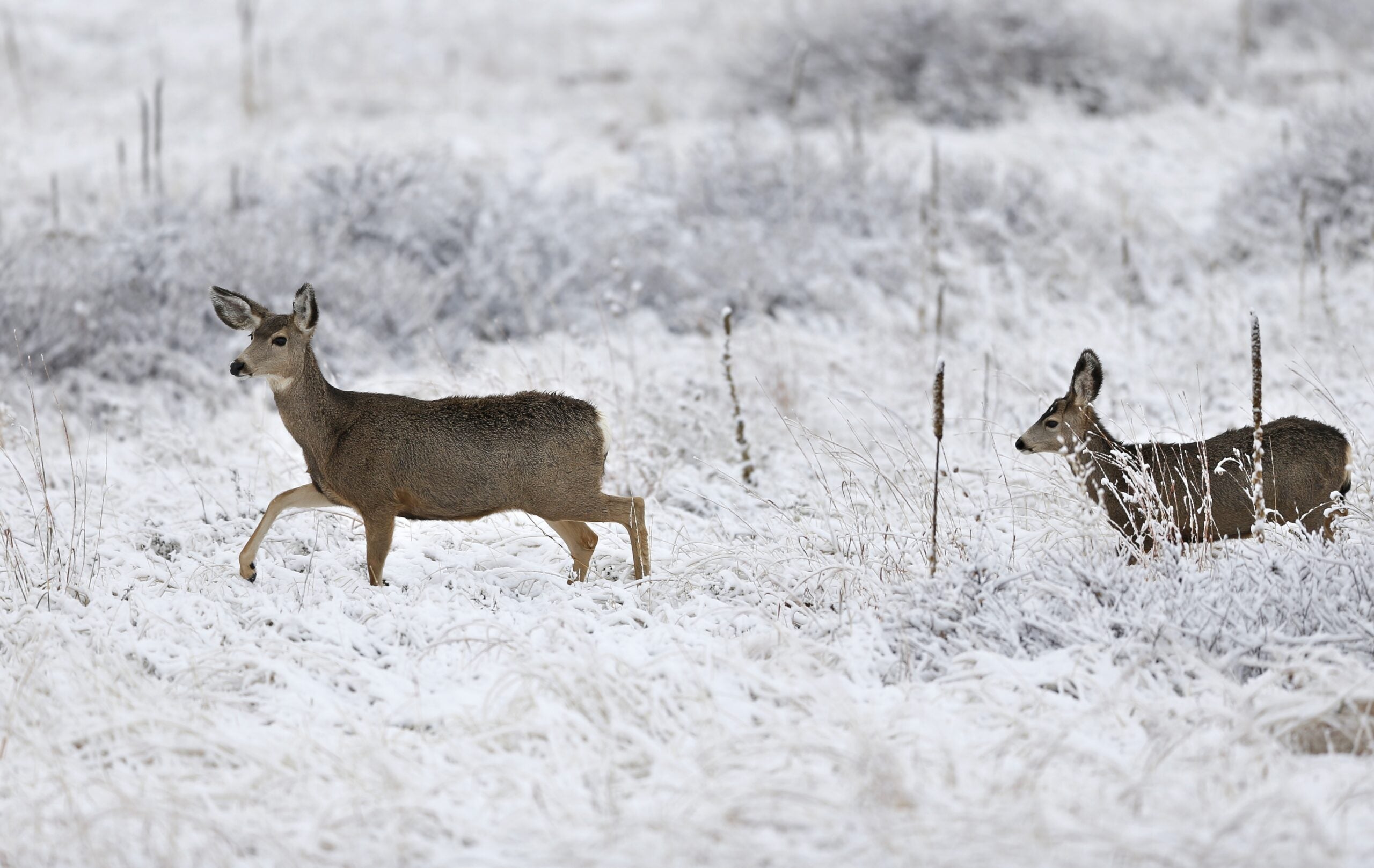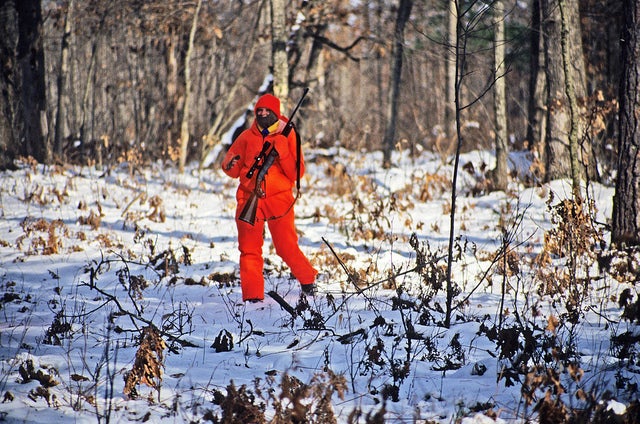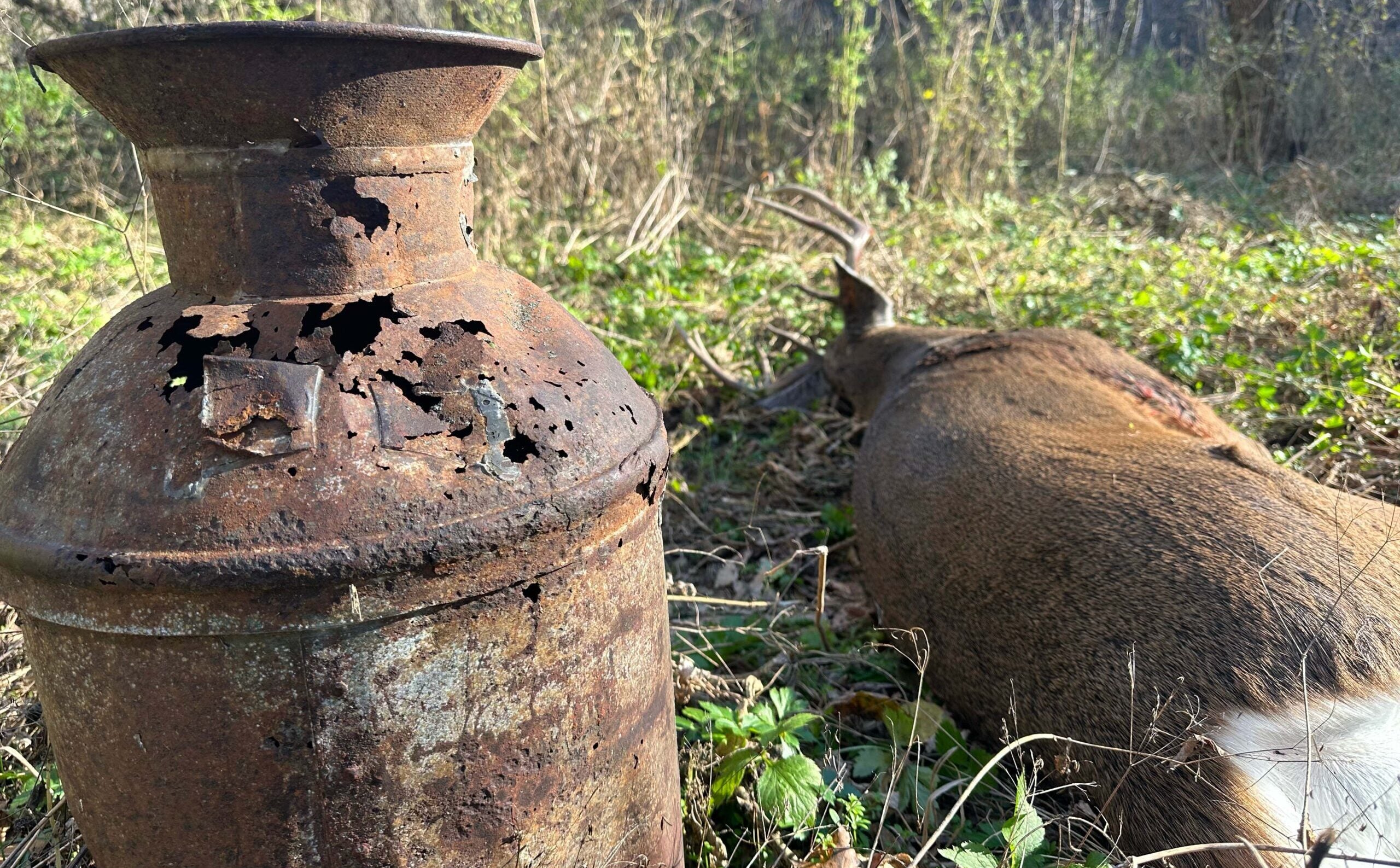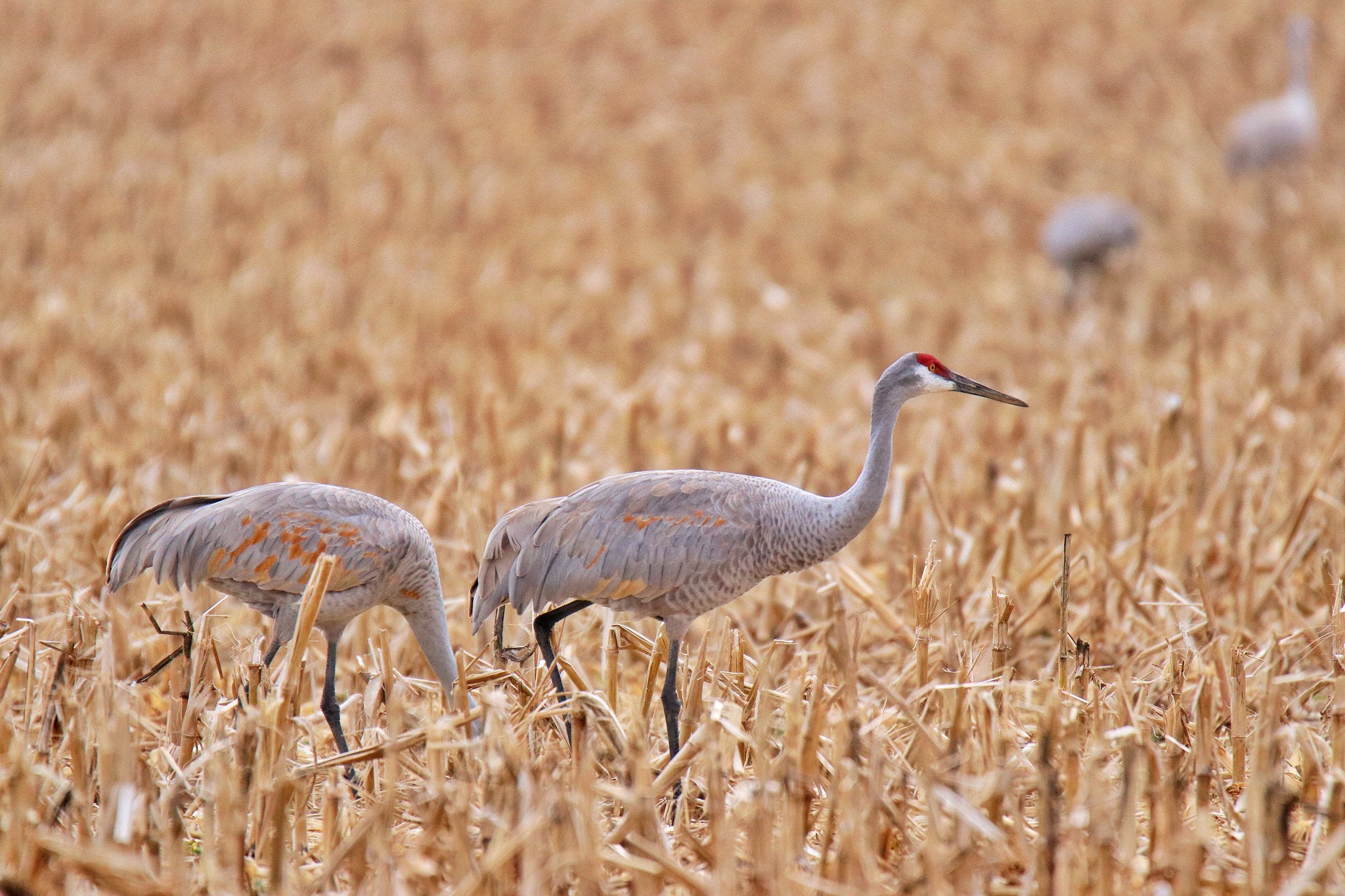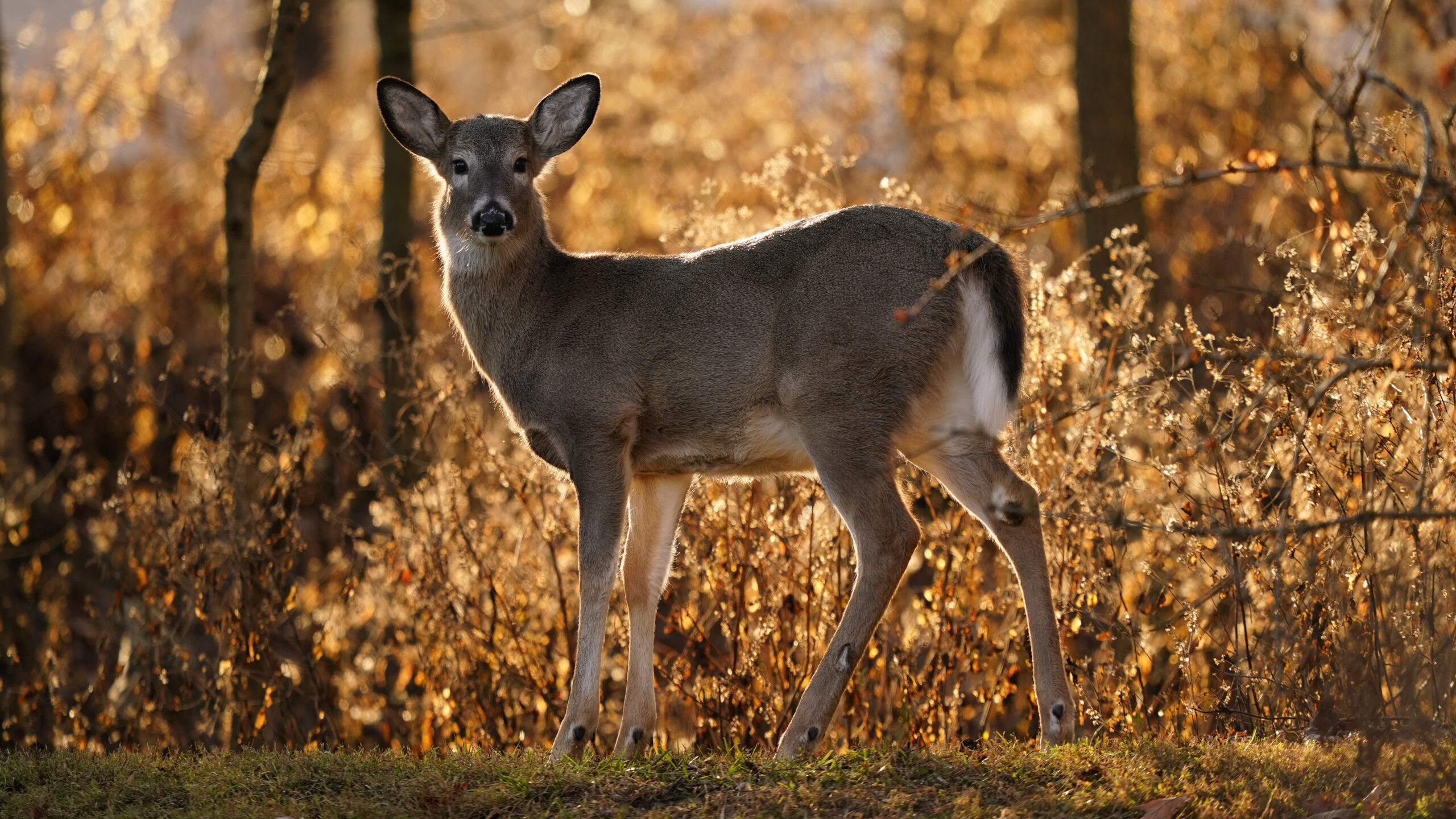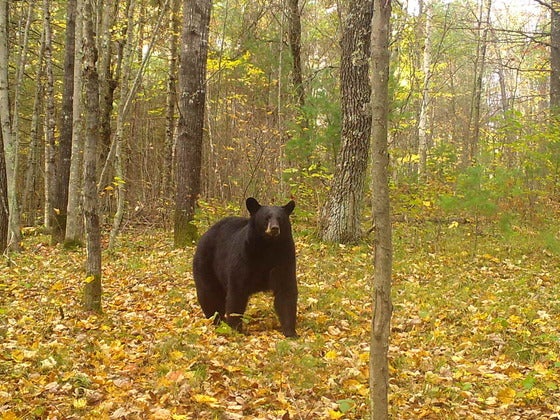After a dramatic drop in the gun deer harvest up north, Republican lawmakers have introduced a bill that would bar hunting does or antlerless deer in northern Wisconsin for the next four years.
Republican State Reps. Chanz Green, Angie Sapik, Calvin Callahan, Rob Swearingen and Sen. Romaine Quinn introduced the legislation.
While the statewide population of white-tailed deer has been steadily increasing to an estimated 1.6 million, their numbers have been falling in the north.
Green said the deer population in northern Wisconsin has been declining for years as it’s faced challenges from harsh winters, predators and other factors.
“We’re just trying to pump the brakes on the harvest, stop killing the does that produce our deer, and allow us for the next four years to put a proper deer management plan together for northern Wisconsin,” Green said.
Proposal would affect northern third of Wisconsin
News with a little more humanity
WPR’s “Wisconsin Today” newsletter keeps you connected to the state you love without feeling overwhelmed. No paywall. No agenda. No corporate filter.
The proposal would affect the northern forest zone in Wisconsin, which includes all or part of 20 counties. In a memo seeking co-sponsorship, lawmakers noted that 13 counties in northern Wisconsin are seeking to increase their deer herd. The bill would still allow hunters to take one buck with a rifle or muzzle-loading gun in addition to a buck harvested with a bow or crossbow.
Republican lawmakers highlighted the significant decline in the deer harvest last year, which dropped nearly 18 percent statewide.
Hunters in the northern forest region killed about 14 percent fewer bucks and about 27 percent fewer does compared to the five-year average. The overall harvest was down roughly 30 percent up north from 2022, according to the Wisconsin Department of Natural Resources.
Sen. Quinn said in a statement announcing the bill that lawmakers have heard from hundreds of people at listening sessions about the poor season.
“Although there are many issues we will continue to debate within the hunting community, there is a clear consensus that we must act now to save and improve our deer herd, and this bill is a critical first step,” Quinn said.
GOP legislators say the purpose of the bill is to work with the DNR, county deer advisory councils, or CDACs, and hunters to ensure “proper deer management” in northern Wisconsin.
A DNR spokesperson said the agency doesn’t comment on pending legislation.
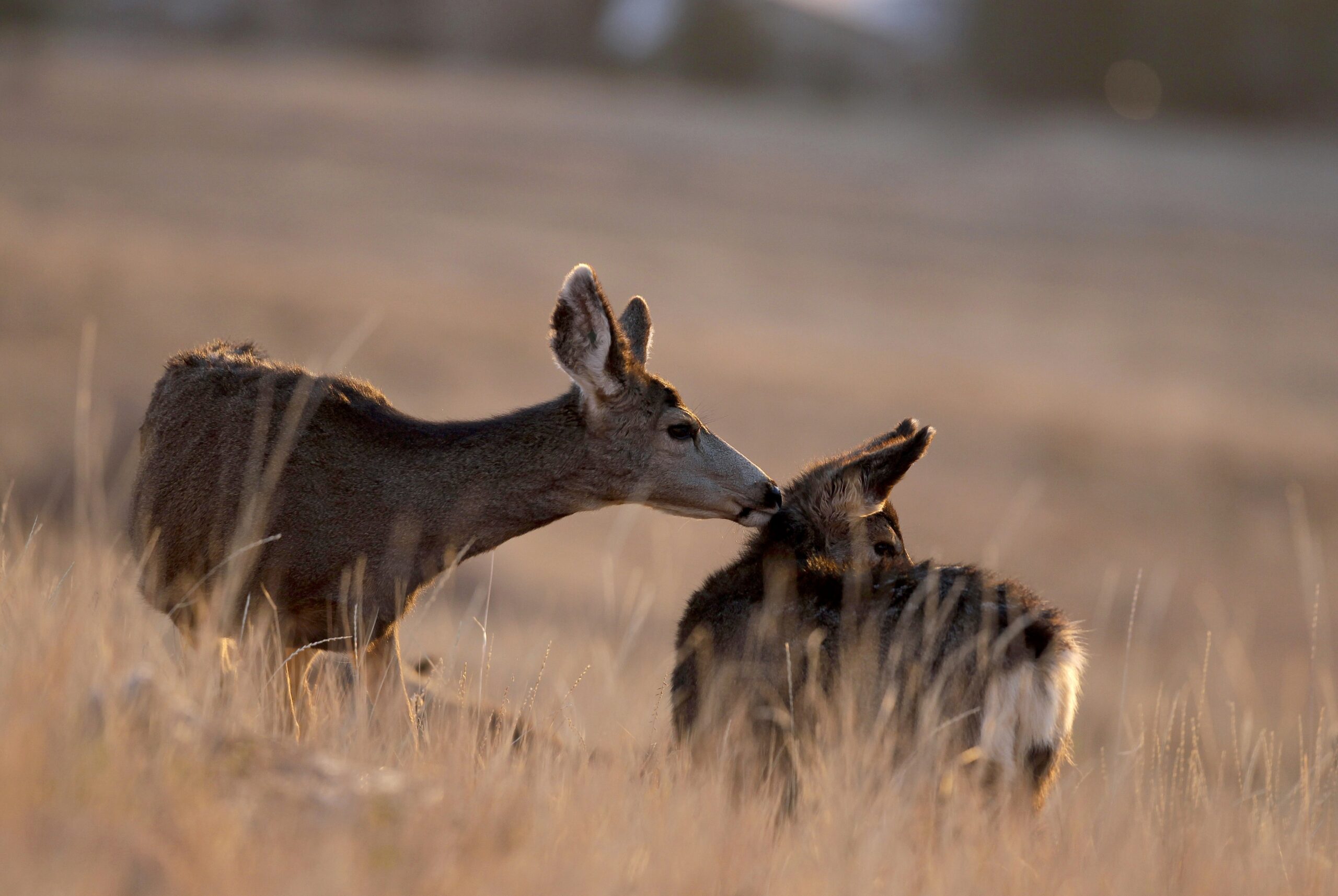
Northern Wisconsin officials say lack of deer due to multiple factors
Iron County was the only county in the state that had a buck-only harvest last year, but the overall harvest was still down around 55 percent there.
Jeff Wilson, chair of the county’s CDAC, said there’s been an outcry among deer hunters about the dismal season. He said some want to blame the DNR, but he noted the harvest was down in Michigan and Minnesota as well.
“My fear with this proposal is it’s a knee-jerk reaction by desperate people, who feel the DNR has mismanaged our herd,” Wilson said. “They think the public citizens, through this legislation and our legislators, have a better ability to manage our deer herd, which is totally in my opinion false.”
Wilson highlighted the severity of winter and snow can play a huge role in effects on the deer herd, and seven northern Wisconsin counties experienced severe to very severe conditions as the state saw record snowfall.
Green said wolves are also a common theme among deer hunters, but he added they’re not the only factor affecting the deer herd. The DNR has said winter weather and hunting play a more significant role than wolves on the deer population.
Mike Hamm is chair of Ashland County’s CDAC. Speaking only for himself, Hamm said it’s easy to point to predators like wolves, bears, bobcats and coyotes.
“It’s not just predators. It’s also lack of timber harvest. We had some bad winters. There’s a whole lot of factors here involved,” Hamm said. “I do support what they’re trying to do about northern Wisconsin to increase the herds. I do not think that legislatively it’s necessary.”
Hamm said he thinks the county deer advisory councils can advise the DNR on how to best manage their populations. However, he doesn’t dispute the lack of deer in northern Wisconsin. Hamm said he only saw one buck during last year’s gun deer season.
Former DNR official prefers local approach to legislation
Tom Hauge said it’s understandable hunters are concerned about the deer population. Hunting contributes about $2.5 billion to the state’s economy with the vast majority of that stemming from big game animals like deer.
Hauge served as director of the DNR’s Wildlife Management Program for 25 years before retiring in 2017. Now co-chair of the wildlife work group with Wisconsin’s Green Fire, Hauge said there’s nothing in the bill that couldn’t be done under existing deer management in Wisconsin.
“I think the flexibility and the ability to individually tailor the decisions on antlerless deer harvests on a county-by-county level is probably a better system than the one-size-fits-all approach,” Hauge said.
The state shifted from deer management units to managing herds at the county level following recommendations from Dr. James Kroll’s deer trustee report in 2012.
Wilson added the shift from in-person to online registration of deer has also affected the DNR’s ability to obtain accurate population estimates. Hauge said some support returning to in-person registration and carcass tags to discourage any failure to report deer harvests.
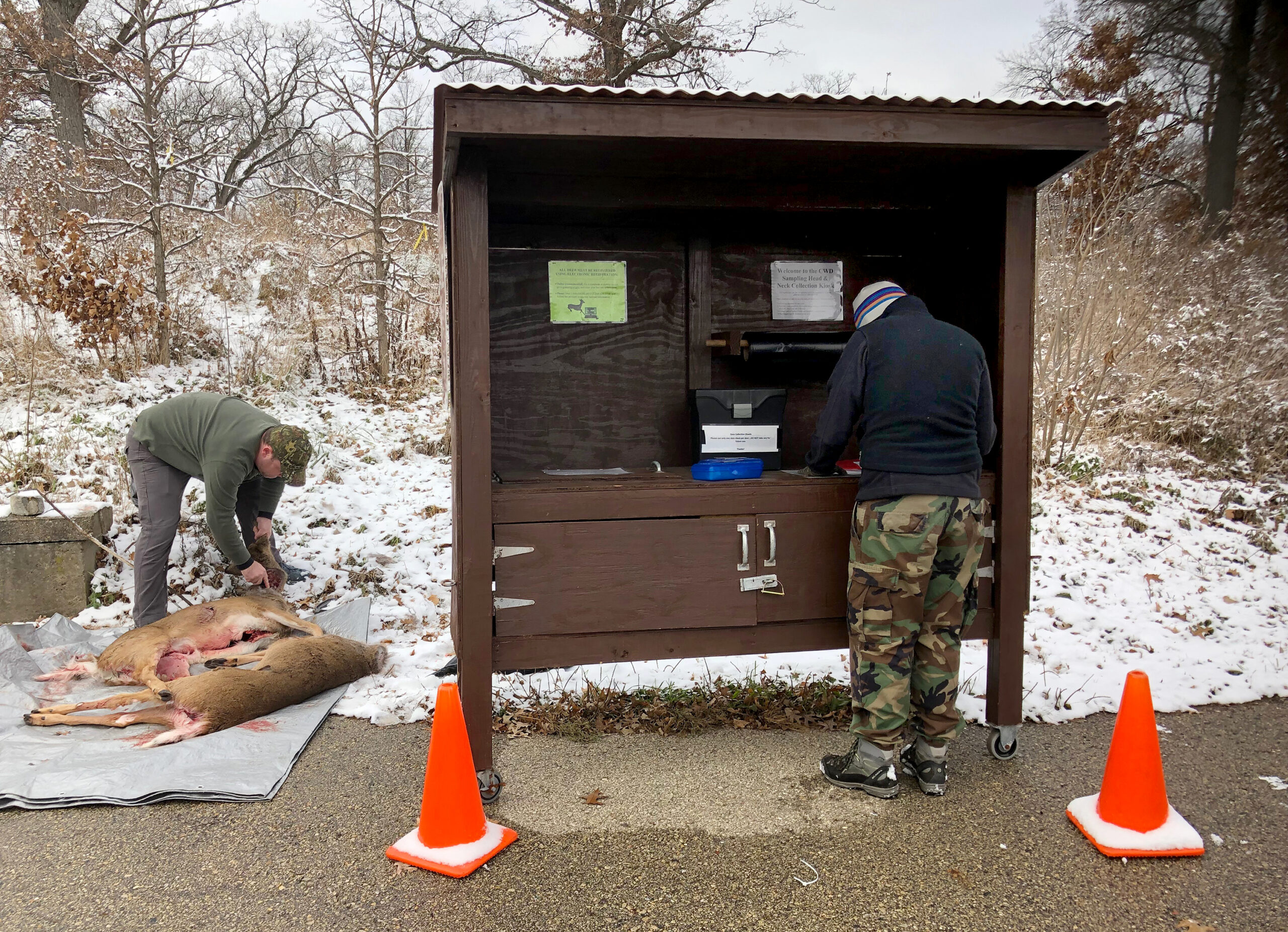
Fewer hunters, aging forests may also play a role with northern herd
Hauge, Hamm and Wilson also cited the changing demographics of deer hunters as baby boomers are aging out of hunting and fewer young people take their place. The DNR has previously said that gun deer license sales have been dropping at a rate of about 1.5 percent each year since 2000.
Wisconsin’s deer population has been increasing since that time to more than 1.6 million deer, according to DNR estimates. However, the agency has noted the animal’s abundance varies greatly across regions. One reason northern Wisconsin may be seeing fewer deer up north is due to aging forests that don’t provide as much food, leading to lower deer densities.
Wilson would like to see the DNR conduct a study on how black bears preying on fawns may be affecting recruitment, and he’d also like to see implementation of the state’s newly approved wolf management plan if the animal is delisted as an endangered species.
If predators are a factor, Hamm said the agency may also need to consider increasing the number of licenses to harvest bears. The animal’s population has grown in recent decades to around 25,000 bears.
Hauge said there’s general agreement that the DNR should develop a whitetail deer management plan as the agency has done for other species like bears and wolves. He’d also like to see more money the state draws in from hunting directed back toward a deer conservation initiative.
Wisconsin Public Radio, © Copyright 2025, Board of Regents of the University of Wisconsin System and Wisconsin Educational Communications Board.

